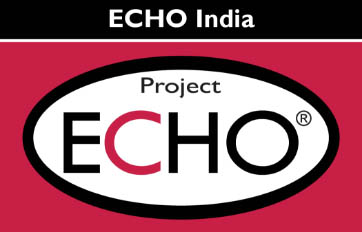Authors: Anila Goswami and Mansha Vij
Menstruation with dignity is a human rights issue - a right of every woman to be able to menstruate in a healthy way without being subjected to stigma and discrimination. Improved menstrual hygiene is a crucial step in achieving gender equality, an important component of Sustainable Development Goals (SDGs)
According to The World Bank, more than 300 million women across the globe between the ages of 15-49 years menstruate on any single given day while more than 500 million women lack access to basic hygiene, including menstrual products and adequate facilities. [1] Unfortunately, several countries including India stand at the lower end of the spectrum, where a large proportion of the women population uses unsafe methods of menstrual protection.
Millions of women in India are deprived of basic needs when it comes to menstruation. Apart from poor hygiene and health, women often go through the menace of stigma, myths, and taboos attached to menstrual health. It compromises their safety, causing additional stress and anxiety, and they are unable to manage their menstrual cycle in a dignified and healthy way.
Research suggests that education is the single largest contributor to alleviating issues pertaining to menstruation. The National Family Health Survey 5 (NFHS-5) report, which was released in March 2022, has found that women with 12 or more years of schooling are more than twice as likely to be using a hygienic method as compared to women with no schooling. [2]
The survey shows that at 12 or more years of schooling, girls and women start using better period products as their education levels rise. While only 43% of girls with no schooling or formal education use period products, on the other hand over 90% of girls who have done 12 or more years of education use period products.
The problem is even more acute in rural areas, where around 27% of women use unsafe methods of hygiene. [3] The states of Madhya Pradesh, Bihar, and Meghalaya have the lowest percentage of women using safe and hygienic menstrual products. [4]
As a result of the lack of awareness, an ancillary issue arises where unsafe disposal of the most commonly used menstrual hygiene product, sanitary napkins, can cause adverse effects on the environment. There are, unfortunately, no conversations or mentoring of women on the safe disposal of sanitary napkins. There is also a need to evaluate other environmentally friendly menstrual hygiene products, such as menstrual cups, tampons, and biodegradable sanitary napkins. [5] [6]
Generating awareness amongst women and society at large can play a key role in creating an environment where a number of pressing issues related to menstrual hygiene can be resolved. Capacity building of community healthcare workers like ASHAs to better manage menstrual hygiene issues can be a game changer in establishing an improved and hygienic infrastructure for women's health. As healthcare providers working at the grassroots level, ASHA workers are the first source of information and can be entrusted with the responsibility of providing adequate knowledge around menstrual hygiene. ASHA workers can disseminate knowledge and facts through their community outreach. Thus, designing and implementing capacity-building programs for ASHAs, who play a pivotal role in delivering healthcare services to underserved communities, is the need of the hour.
References:
[1] https://www.worldbank.org/en/topic/water/brief/menstrual-health-and-hygiene
[2] https://main.mohfw.gov.in/sites/default/files/NFHS-5_Phase-II_0.pdf
